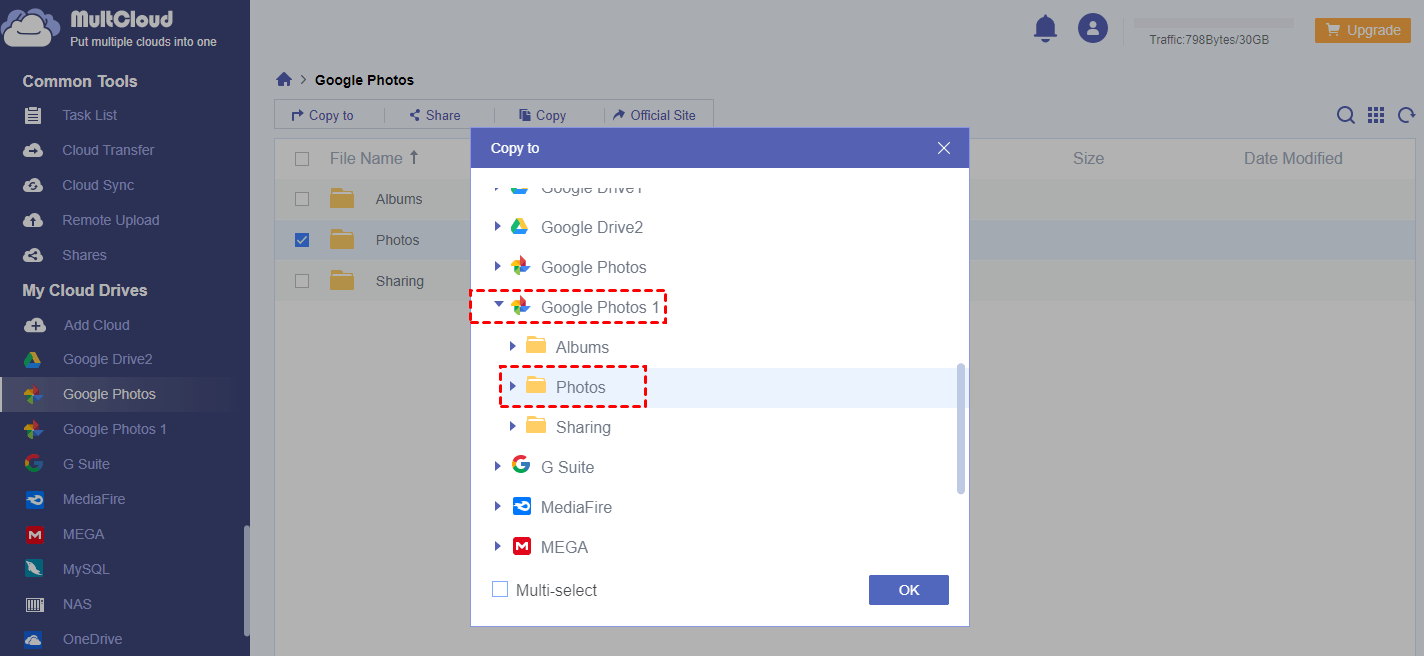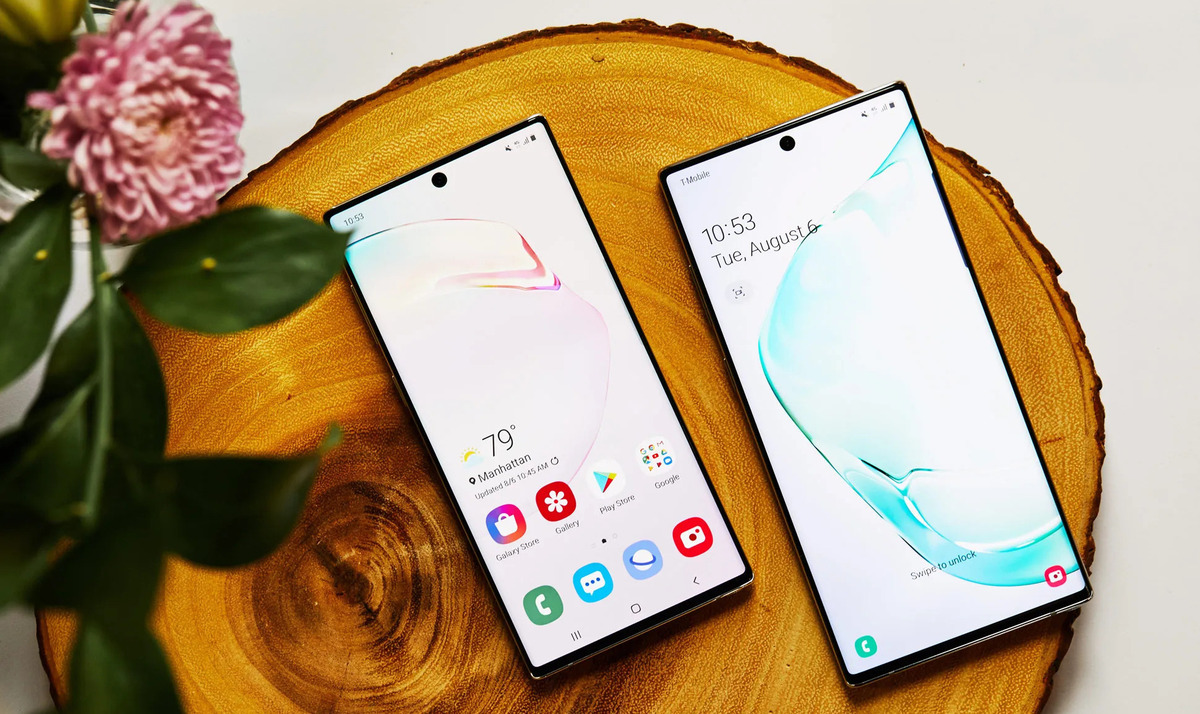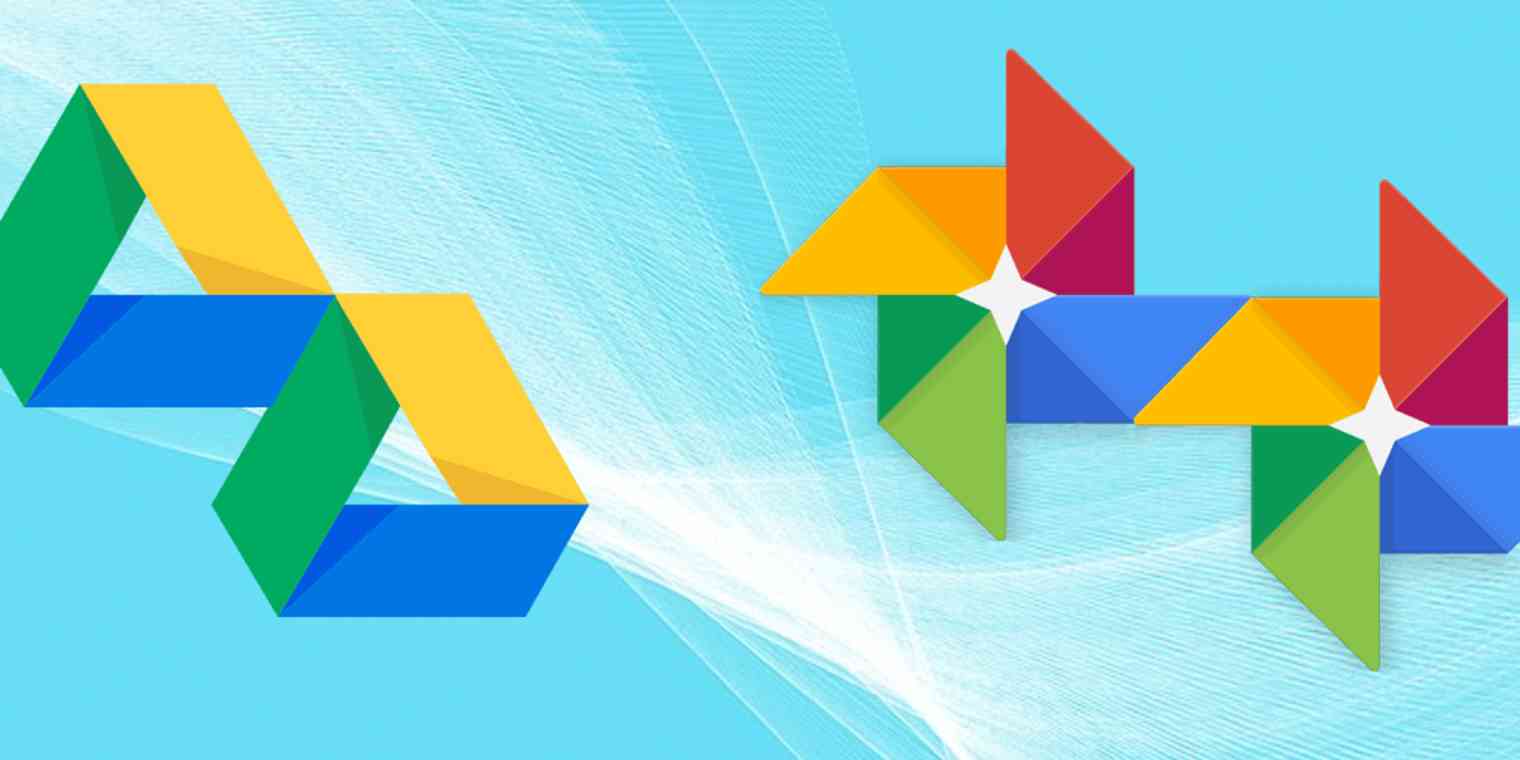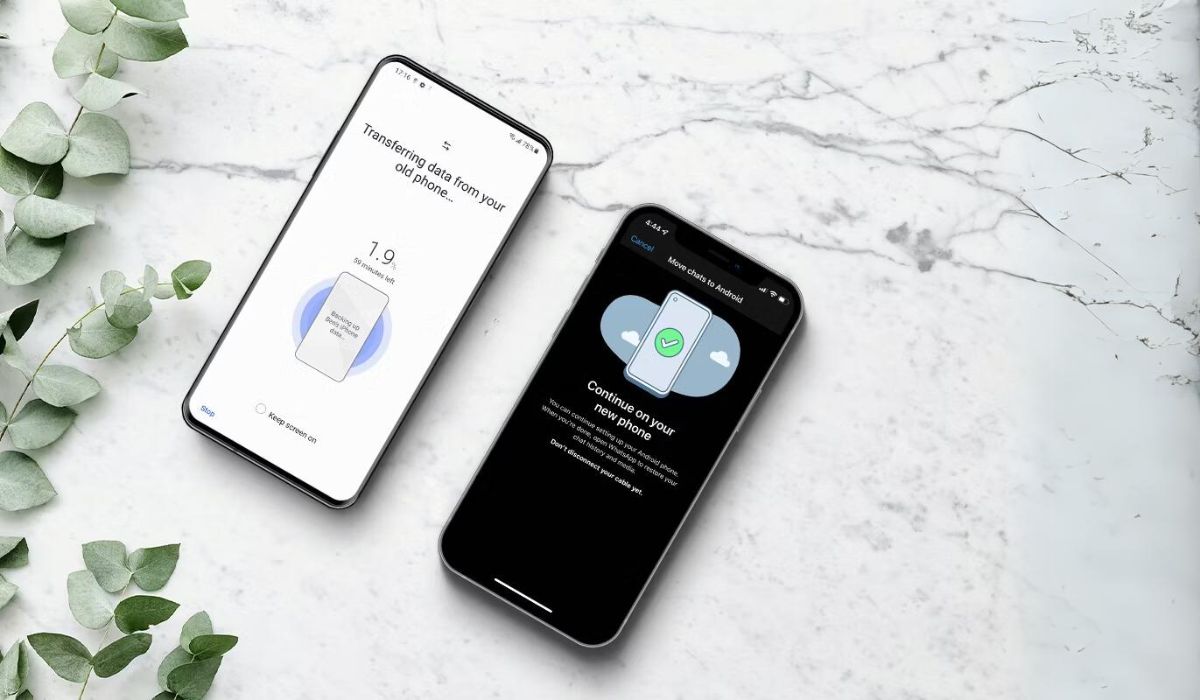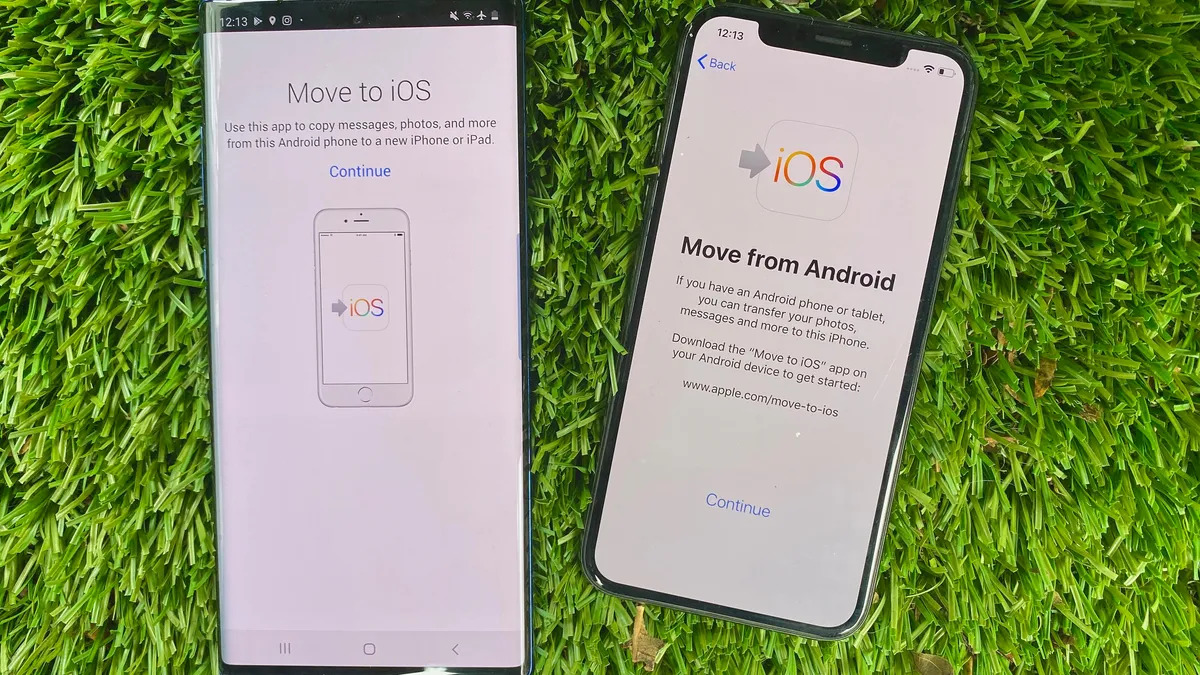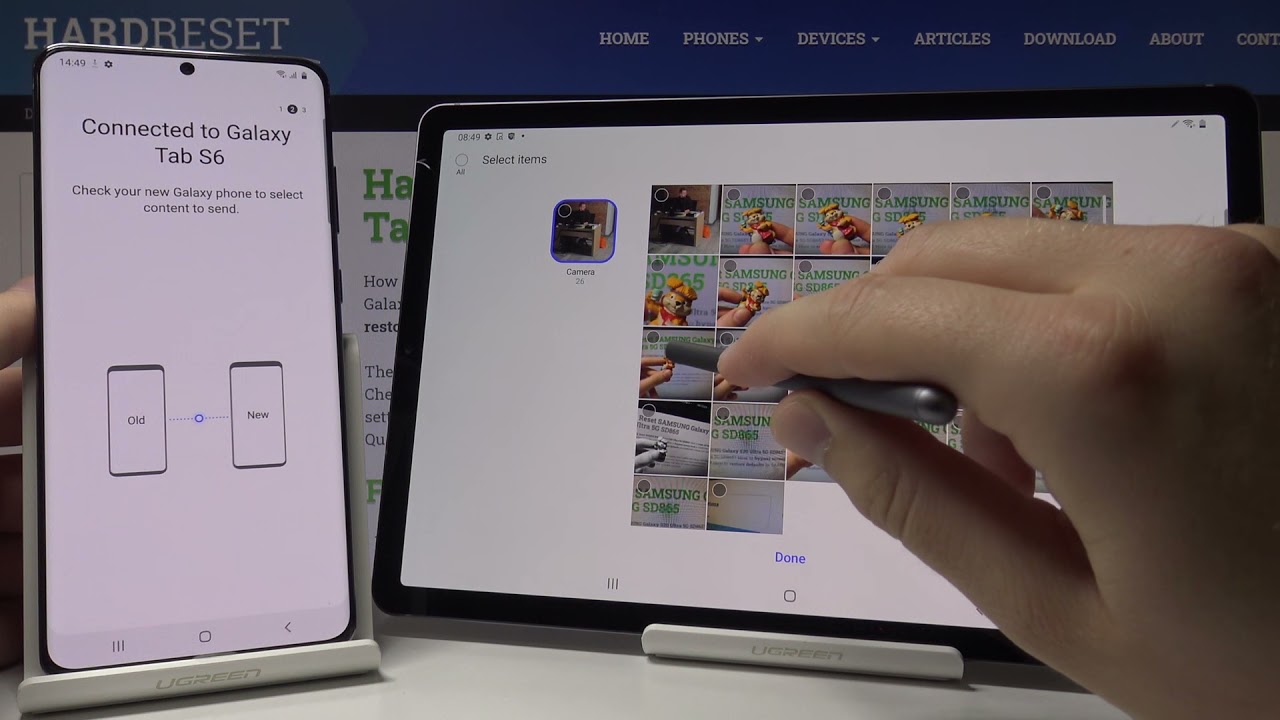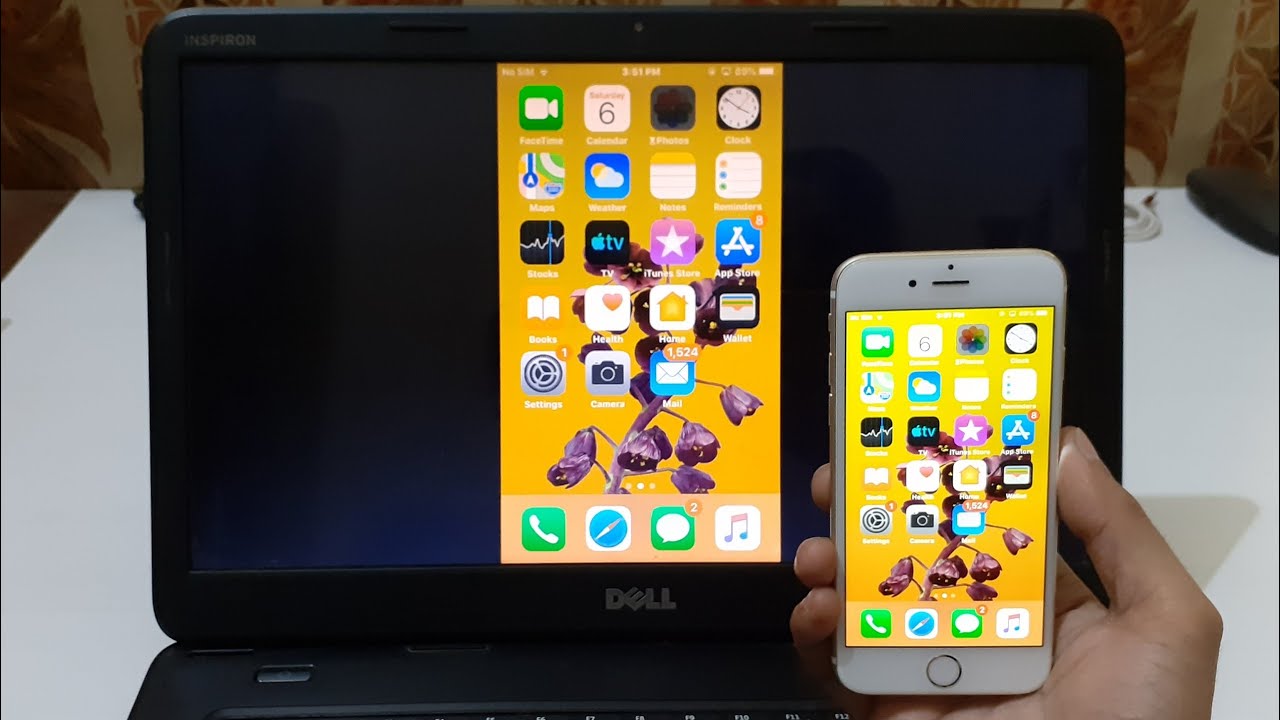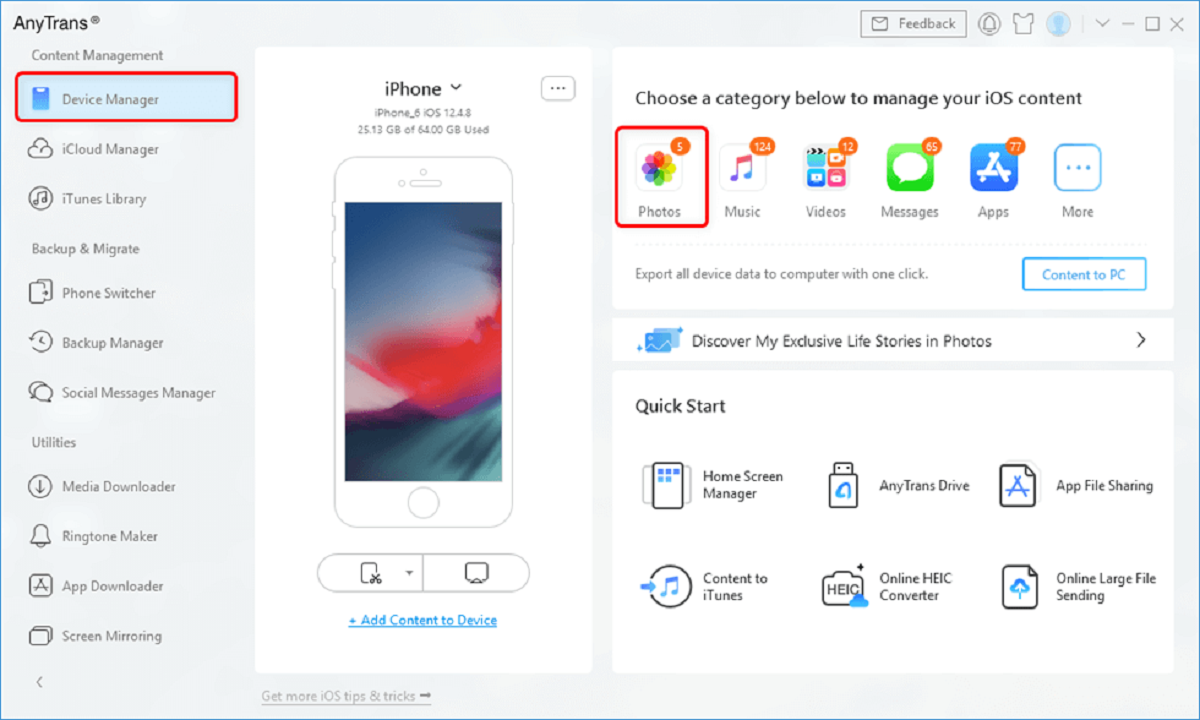Introduction
Transferring all your Google Photos from one account to another can be a daunting task, especially if you have a large collection of precious memories. Whether you’re switching to a new Google account or consolidating your photos in a single account, this step-by-step guide will make the transfer process seamless and hassle-free.
Google Photos offers a convenient way to store, organize, and share your photos and videos. However, there is no built-in feature that allows you to transfer all your media from one account to another. Fortunately, with the help of the Google Photos API, you can automate the transfer process and ensure that no memories are left behind.
In this guide, we will walk you through the process of transferring all your Google Photos to another account. We will cover everything from setting up the necessary tools to monitoring the progress and completion of the transfer. So, let’s get started and ensure that none of your cherished memories are lost in the transition!
Before you begin, make sure you have access to both the source account (the account from which you want to transfer the photos) and the destination account (the account to which you want to transfer the photos). This guide assumes you have a basic understanding of Google Cloud Console and API usage. Without further ado, let’s dive into the step-by-step process of transferring your Google Photos to another account!
Step 1: Sign in to the destination account
The first step in transferring all your Google Photos to another account is to sign in to the destination account, where you want to transfer your photos. This account will be the new home for all your precious memories, so make sure you have the login credentials ready. If you don’t have a destination account yet, create one before proceeding.
Once you have the credentials, open a web browser and navigate to Google Photos. Sign in to the destination account using the email address and password associated with it. After successfully logging in, you will be directed to the Google Photos main page.
It’s important to note that if you have enabled two-factor authentication on the destination account, you may be prompted to provide the verification code during the login process. This additional security measure ensures that only authorized individuals can access the account.
Double-check that you are signed in to the correct account by verifying the account name and photo in the top-right corner of the Google Photos page. If everything looks good, you’re ready to move on to the next step.
Signing in to the destination account is a crucial step in the transfer process, as all the photos from the source account will be moved to this account. Make sure to sign in to the account where you want to store your photos permanently, as the transfer process is irreversible.
Now that you have successfully signed in to the destination account, let’s move on to the next step, where we will enable the Google Photos API to automate the transfer process.
Step 2: Enable the Google Photos API
In order to transfer your Google Photos from one account to another, you need to enable the Google Photos API. This API allows you to access and interact with your photos programmatically, making it possible to automate the transfer process.
To enable the Google Photos API, follow these steps:
- Open your web browser and navigate to the Google Cloud Console.
- Sign in to your Google account if prompted.
- Create a new project by clicking on the project dropdown menu located at the top of the page and selecting “New Project”.
- Enter a name for your project and click on the “Create” button.
- In the left sidebar, click on “APIs & Services” and then select “Library”.
- In the search bar, type “Google Photos” and click on the “Google Photos Library API” result.
- Click on the “Enable” button to enable the API for your project.
Once you have enabled the Google Photos API, you will be able to use it to access and transfer your photos. This API provides a set of methods that allow you to retrieve albums, upload photos, and perform other operations on your Google Photos.
Enabling the Google Photos API is an essential step in the transfer process, as it grants the necessary permissions to interact with your photos programmatically. With the API enabled, we can proceed to the next step, where we will create a new project in the Google Cloud Console.
Step 3: Create a new project in the Google Cloud Console
In order to utilize the Google Photos API and proceed with transferring your photos, you need to create a new project in the Google Cloud Console. This project will act as a centralized hub for managing all the settings and configurations related to your photo transfer process.
Follow these steps to create a new project:
- Open your web browser and navigate to the Google Cloud Console.
- Sign in to your Google account if prompted.
- Click on the project dropdown menu located at the top of the page and select “New Project”.
- Give your project a name that is descriptive and relevant to your photo transfer process.
- Choose an organization, if applicable, or leave it as “No organization”.
- Click on the “Create” button to create the new project.
Once you have created the project, you will be redirected to the project dashboard in the Google Cloud Console. This is where you will manage all the settings and configurations related to your photo transfer process.
Creating a new project in the Google Cloud Console is an important step as it allows you to have a dedicated space for managing all aspects of your photo transfer process. With the project created, you can now proceed to the next step, which involves enabling billing for the project.
Step 4: Enable billing for the project
In order to continue using the Google Cloud services and APIs, including the Google Photos API, you need to enable billing for your project. Enabling billing ensures that Google has a valid payment method associated with your account and allows you to utilize the necessary resources for the photo transfer process.
Follow these steps to enable billing for your project:
- Open your web browser and navigate to the Google Cloud Console.
- Sign in to your Google account if prompted.
- Click on the project dropdown menu located at the top of the page and select your newly created project.
- In the left sidebar, click on “Billing” to open the billing overview page.
- Click on the “Link a billing account” button to associate a billing account with your project.
- Choose an existing billing account or create a new one by following the instructions provided.
- Once you have selected or created a billing account, click on the “Set account” button to link it to your project.
Enabling billing for your project ensures that you have access to the necessary resources and services required for the photo transfer process. It is important to note that you may incur costs associated with your usage of the Google Cloud services, depending on the usage and resources utilized.
Now that you have enabled billing for your project, you can proceed to the next step, where we will set up the OAuth consent screen to authorize the transfer process.
Step 5: Set up OAuth consent screen
In order to authorize the transfer process between your Google Photos accounts, you need to set up the OAuth consent screen. This screen allows you to define the permissions and information that will be displayed to users when they grant access to your application.
Follow these steps to set up the OAuth consent screen:
- Open your web browser and navigate to the Google Cloud Console.
- Sign in to your Google account if prompted.
- Click on the project dropdown menu located at the top of the page and select your project.
- In the left sidebar, click on “Credentials” to access the credentials page.
- Click on the “OAuth consent screen” tab at the top of the page.
- Select an “Application type” that best suits your needs. For example, if you are transferring photos for personal use, you can choose “Internal” or “External”.
- Enter a “Name” for your application. This name will be displayed to users when they grant access to your application.
- Fill in the required fields such as “Authorized domains” and “Application Homepage link”.
- Under “Scopes for Google APIs”, select the necessary scopes for your photo transfer process. For Google Photos, you will need to select the “Google Photos Library API” scope.
- Click on the “Save” button to save your changes.
Setting up the OAuth consent screen is a crucial step as it determines the information shown to users when they authorize access to your application. It ensures transparency and builds trust among users who are granting access to their Google Photos.
Now that you have set up the OAuth consent screen, you can proceed to the next step, where we will create OAuth client credentials for your application.
Step 6: Create OAuth client credentials
In order to authenticate and authorize the transfer process between your Google Photos accounts, you need to create OAuth client credentials. These credentials allow your application to securely authenticate with the Google Photos API and access the necessary permissions.
Follow these steps to create OAuth client credentials:
- Open your web browser and navigate to the Google Cloud Console.
- Sign in to your Google account if prompted.
- Click on the project dropdown menu located at the top of the page and select your project.
- In the left sidebar, click on “Credentials” to access the credentials page.
- Click on the “+ CREATE CREDENTIALS” button and select “OAuth client ID” from the dropdown menu.
- Choose the “Application type” that best suits your needs. For transferring photos, you can select “Web application” or “Desktop application” depending on your setup.
- Enter a “Name” for your OAuth client. This name will be used to identify the credentials.
- Add the appropriate “Authorized JavaScript origins” and “Authorized redirect URIs” based on your application’s requirements.
- Click on the “Create” button to create the OAuth client credentials.
- Take note of the generated “Client ID” and “Client Secret”. You will need these credentials to authorize the transfer process.
Creating OAuth client credentials is essential as it enables your application to securely authenticate with the Google Photos API and access the necessary permissions. The generated Client ID and Client Secret will be used in the next steps to configure and run the transfer script.
Now that you have created OAuth client credentials, you can proceed to the next step, where we will configure and run the transfer script.
Step 7: Configure and run the transfer script
Once you have set up the required credentials, you can proceed to configure and run the transfer script. This script will automate the process of transferring all your Google Photos from the source account to the destination account.
Follow these steps to configure and run the transfer script:
- Download and install the necessary software or libraries required to run the transfer script, such as Python and the Google Photos Python client library.
- Open a code editor or text editor and create a new Python script file.
- Import the necessary libraries and modules for interacting with the Google Photos API and OAuth authentication.
- Set up the OAuth client credentials in the script by providing the Client ID and Client Secret obtained from the previous step.
- Authenticate with the Google Photos API using the OAuth client credentials and obtain the necessary access tokens.
- Write the logic to retrieve all the photos from the source account using the Google Photos API and store them in a suitable data structure.
- Write the logic to upload the retrieved photos to the destination account using the Google Photos API.
- Configure any additional settings or options in the script, such as filtering specific albums or setting the transfer speed.
- Save the script and run it from the command line or integrated development environment (IDE).
- Monitor the progress of the transfer script and ensure that all photos are successfully transferred to the destination account.
Configuring and running the transfer script is the heart of the photo transfer process. The script leverages the Google Photos API and the provided credentials to automate the transfer process efficiently and accurately.
Now that you have configured and run the transfer script, we can proceed to the next step, where we will grant the necessary permissions for the transfer process.
Step 8: Grant necessary permissions
After running the transfer script, it’s important to grant the necessary permissions to ensure a smooth and successful transfer of your Google Photos. These permissions enable the script to access and modify the photos in both the source and destination accounts.
Follow these steps to grant the necessary permissions:
- Open a web browser and navigate to the Google Account permissions page.
- Sign in with your source account credentials.
- Scroll down and look for the app or script that you used to run the transfer process.
- Click on the app or script to view its permissions.
- Ensure that the required permissions, such as access to your Google Photos and the ability to modify your photos, are granted.
- If any permissions are missing, click on the “Remove access” or “Revoke access” button to revoke the permissions.
- Rerun the transfer script to reauthorize the permissions and continue the transfer process.
Granting the necessary permissions is vital to allow the transfer script to access, retrieve, and upload your Google Photos effectively. It ensures that the script has the required privileges to perform the transfer without interruptions.
Now that you have granted the necessary permissions, you can proceed to the final step, where we will monitor the progress and completion of the transfer process.
Step 9: Monitor progress and completion
Monitoring the progress and completion of the transfer process is essential to ensure that all your Google Photos are successfully transferred to the destination account. By keeping an eye on the progress, you can address any issues or errors that may arise and ensure a smooth and seamless transfer.
Follow these steps to monitor the progress and completion of the transfer process:
- Keep the transfer script running until it completes the transfer of all your Google Photos.
- Check the console or command line where the script is running for any error messages or warnings.
- If any errors occur, review the error message and address any issues or errors that may have caused the transfer to fail.
- Monitor the number of photos transferred and compare it to the total number of photos in the source account to ensure completeness.
- If the transfer is taking a long time, be patient and allow the script to continue running until it completes the transfer.
- Once the transfer is completed, verify that all your Google Photos are successfully transferred to the destination account.
Monitoring the progress and completion of the transfer process allows you to stay informed about the status of the transfer and address any issues that may arise. It ensures that all your valuable memories are securely transferred to the destination account.
Congratulations! You have successfully gone through all the steps to transfer your Google Photos to another account. Now you can enjoy your photos in the new account, knowing that your memories are with you.
Conclusion
Transferring all your Google Photos to another account may seem like a daunting task, but by following these step-by-step instructions, you can easily and securely transfer your precious memories to a new destination.
We started by signing in to the destination account, ensuring that we are logged into the correct account where we want to permanently store our photos. We then enabled the Google Photos API, allowing us to access and interact with our photos programmatically.
Creating a new project in the Google Cloud Console and enabling billing ensured that we have a dedicated space for managing all aspects of our photo transfer process. We then set up the OAuth consent screen and created OAuth client credentials, which enable secure authentication and authorization with the Google Photos API.
Configuring and running the transfer script automates the process of transferring our Google Photos from the source account to the destination account. By granting the necessary permissions, we ensure that the script can access and modify our photos effectively.
Finally, we monitor the progress and completion of the transfer process, addressing any errors or issues that may arise. Once the transfer is complete, we can verify that all our Google Photos have been successfully transferred to the destination account.
By following these steps, you can ensure a seamless and hassle-free transfer of your Google Photos, preserving your precious memories and consolidating them in the account of your choice. Enjoy your photos in the new account, knowing that your memories are safely transferred and ready to be cherished.







